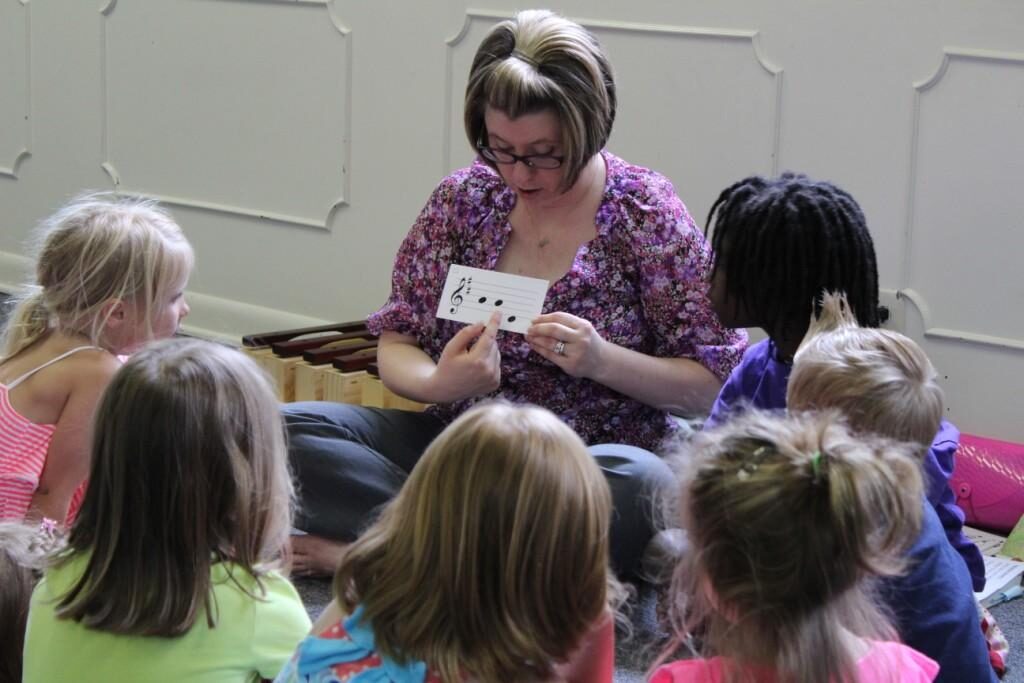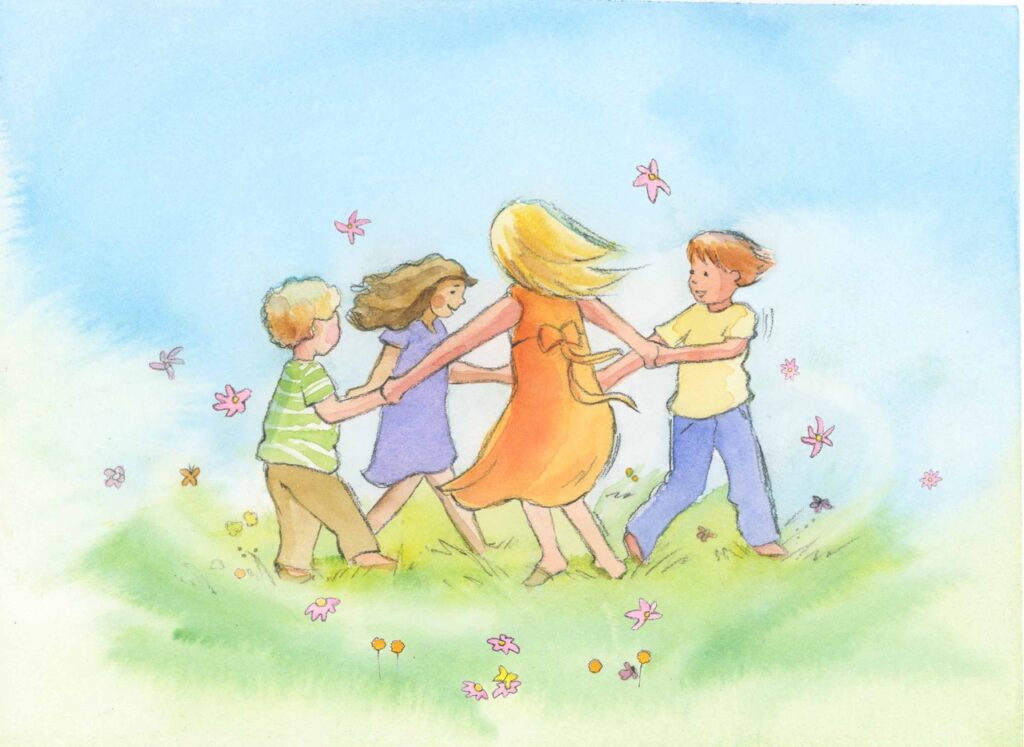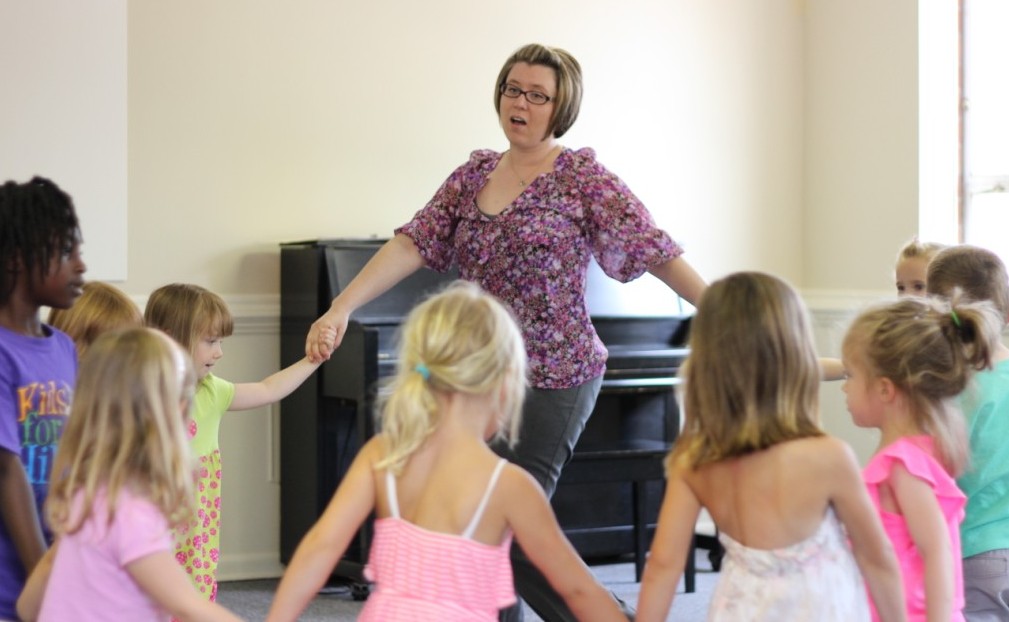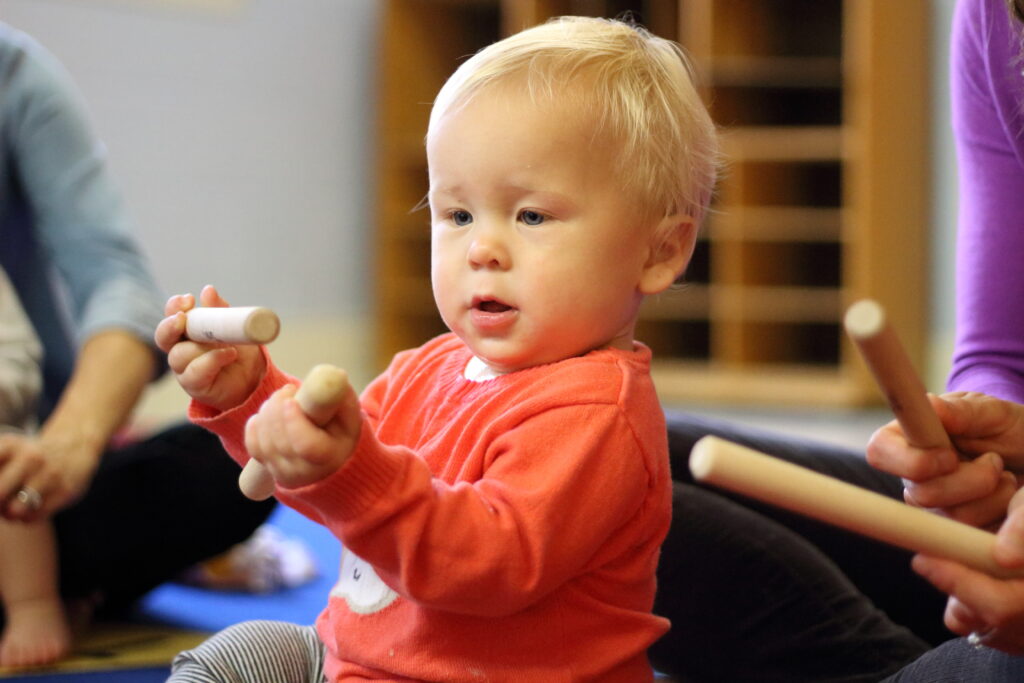Over the past several weeks, we have been delving into several key discussion topics or issues that early childhood educators face in the classroom. Much of this content is based on the observations and writings of neuroscience educator Dr. Dee Joy Coulter, Ed. D. The last installment explores how children’s music teachers can provide nourishment to children through soul, body, and mind, while feeding their developing and amazing frontal lobes. This next post will address the validity of two discussion issues related to children’s music curriculum and the role of lesson plans and content.
Discussion Topic One: The driving force behind music must be an elaborate curriculum with clear objectives and activities, for which content is the critical element.
Rudolf Steiner, Austrian scientist, thinker and founder of Waldorf Education, suggested in the early 1920s that parenting was quickly evolving from natural instinct to a more formal and conscious understanding. With all of the subsequent literature and available instruction available to parents today, it is plain to see that this prediction came to pass. This same evolution can be seen in the development of education, where carefully developed curricula with well-planned objectives and timelines of activities offer benefits to music educators and students alike.
However, it is important to understand that children are the critical element in the classroom, not the lesson plan. It is up to teachers to adapt and shift focus as needed based on each moment with students to provide the nourishment of mind, body, and spirit. Content and form represent only ten percent of the learning experience, whereas the “magic of the moment” represents ninety.
Discussion Issue Two: It is important to cover all the lesson plans in a timely manner or children will “fall behind.”
This is a longstanding conflict in the field of education – Do teachers educate or instruct? Do children unfold, or do they acquire knowledge? The root for the word educate is educare, and mean “to draw forth,” whereas the root word for instruct is instruere, meaning “to pile upon. While educating children, especially in music, there is a building process where we are adding knowledge and skills on top of one another. So, within reason we do tend to “pile upon them” rules and ways as they enculturate and prepare themselves to be new members of our culture.
However, if we are focused too completely on the time lines of learning particular content, children can quickly be overwhelmed. Staying attuned with what students are hungry for and offering them nutritionally sound material helps music teachers understand the next developmentally appropriate steps in the learning process. As early childhood music teachers, we want to leave children more inspired than exhausted.
As educators, we are often asked to place and emphasis on organization and metrics in the classroom. This is often done not for the purpose of the students or for education itself, but for outside stakeholders to have something to measure. We will tackle that discussion issue in our next and final installment. Many children’s music teachers already understand the lessons learned from the two issues discussed above. While well-designed curriculum and lesson plans have their benefits in children’s music education, teachers should stay attuned to the natural progression of each student and inspire them with nutritional offerings that feed mind, body, and spirit.
This series of articles are based on the article DEFENDING the MAGIC: CURRENT ISSUES in EARLY CHILDHOOD EDUCATION, which appeared in Early Childhood Connections and written by Dee Joy Coulter, Ed. D. For more information on Dr. Coulter and her insights into early childhood music education, visit https://embraceyourbrain.com/









